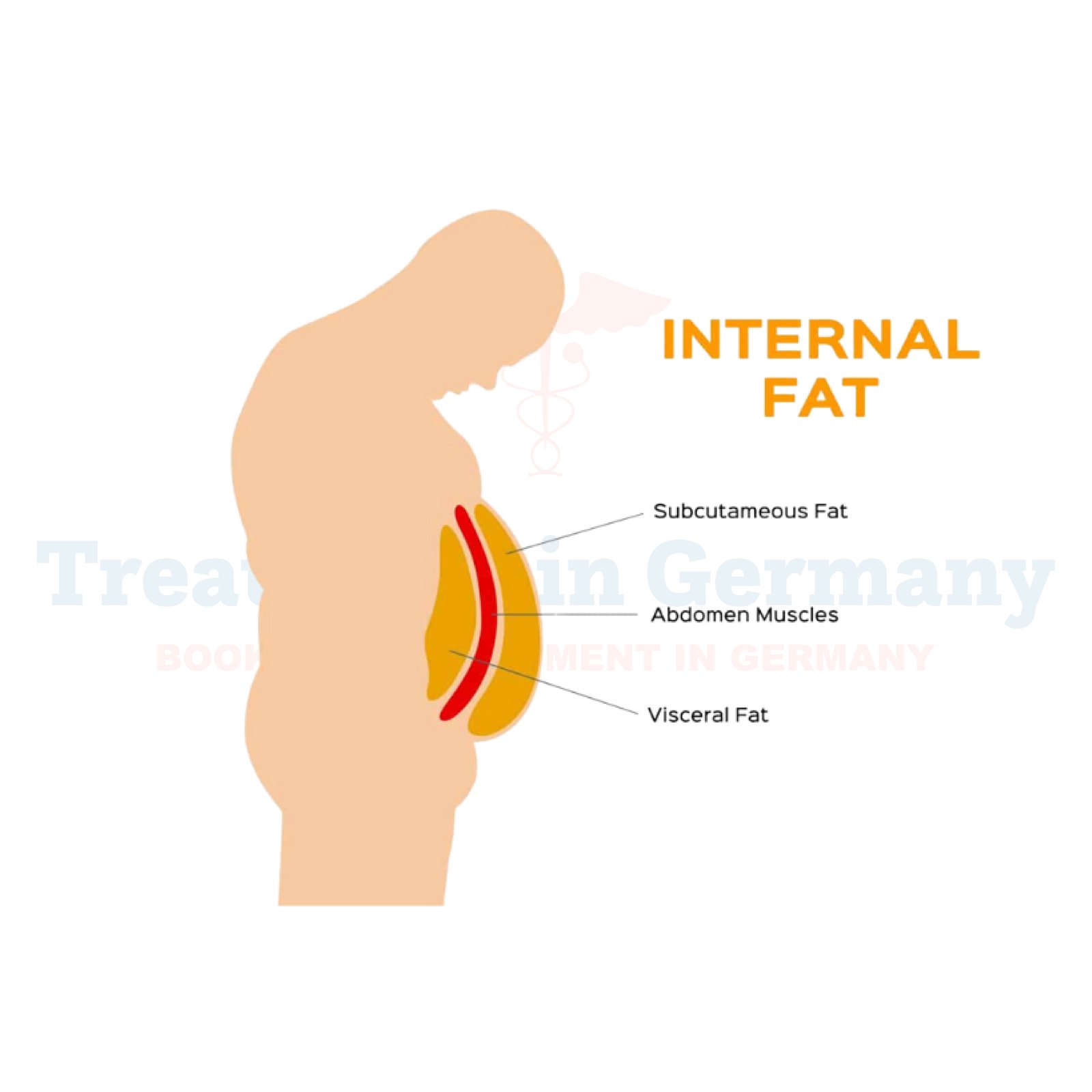What is Abdominal Obesity?
Abdominal obesity, also known as central obesity or belly fat, refers to an excessive accumulation of fat around the abdomen and stomach area.
It is characterized by an increased waist circumference and is often associated with visceral fat, which surrounds internal organs. Unlike subcutaneous fat (fat under the skin), visceral fat poses greater health risks.
Side Effects of Abdominal Obesity
Abdominal obesity is more than just a cosmetic concern; it significantly impacts health. Some of the common side effects include:
How is Abdominal Obesity Diagnosed?
In clinical settings, abdominal obesity is often diagnosed using waist circumference measurements and BMI (Body Mass Index) calculations. The waist circumference measurement is taken at the midpoint between the lower margin of the last palpable rib and the top of the iliac crest (hip bone). A waist circumference of more than 88 cm (35 inches) for women and more than 102 cm (40 inches) for men indicates abdominal obesity.
Potential Treatment of Abdominal Obesity
Treating abdominal obesity involves a combination of lifestyle changes, dietary adjustments, and sometimes medical interventions. Here are some approaches commonly recommended:
Seeking Treatment in Germany
Germany offers a comprehensive approach to managing abdominal obesity, with specialized clinics, healthcare professionals, and support networks available throughout the country. German healthcare emphasizes personalized care plans tailored to individual needs, integrating dietary counseling, physical therapy, and medical treatments as required.
👉 Contact us for further information and receive a complimentary consultation.

.webp)
.webp)
 (1).webp)
 (1).webp)

.webp)
.webp)
 (1).webp)
 (1).webp)
